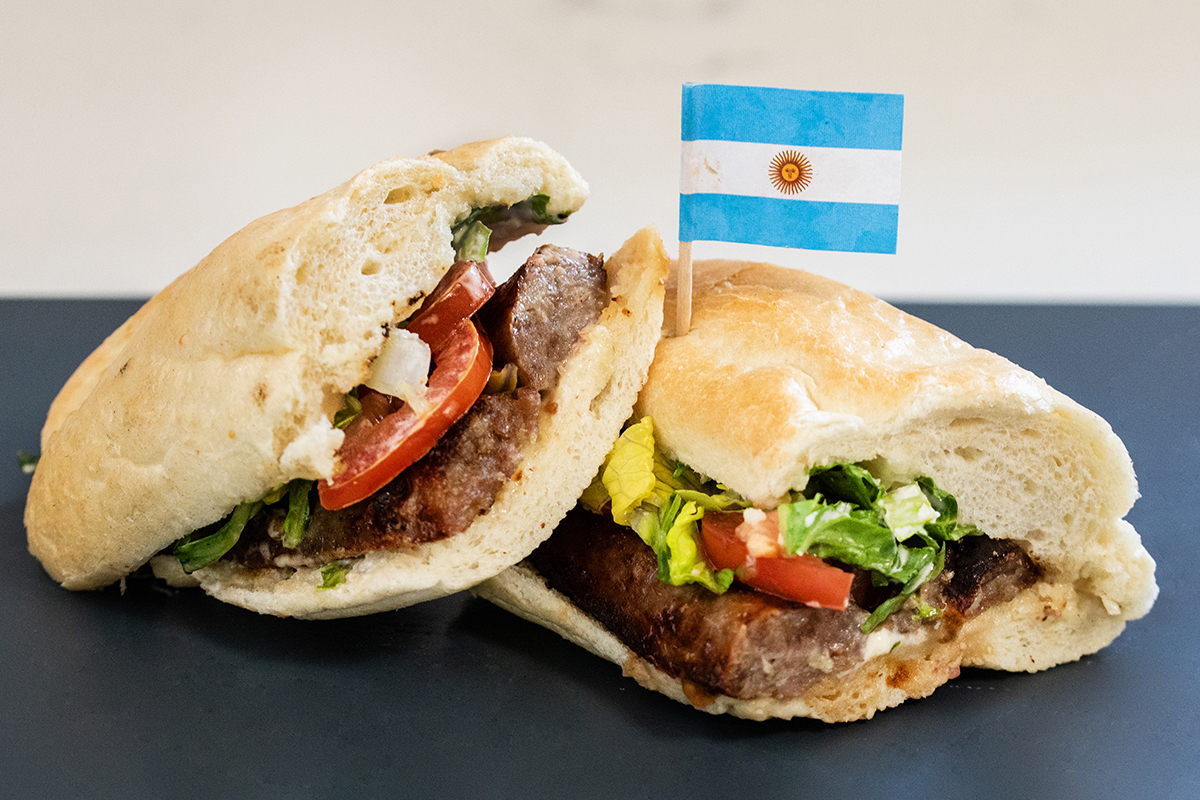Designer Kelee Katillac doesn’t see historic properties as stodgy and stuck in the past. To her, they’re part of an ever-evolving story to be embraced.
In her new bold, vibrant coffee table book Historic Style, Kelee Katillac documents her philosophy of acknowledging the past, even the not-so-nice parts, and honoring these elements while reimagining and renovating these places for contemporary living. To save historic homes, buildings and places, she writes, “we need to bring our personal story to the narrative. The human spirit cannot thrive within a time capsule. The future of preservation depends on honoring and including all who co-created our built environment.”
Katillac showcases her philosophy through an eclectic design sensibility that marries the old with the new using vibrant colors and art from all eras and disciplines, including fashion and music. Historic Style encapsulates Katillac’s aesthetic and documents how she goes about creating hipster havens, all within the parameters of government-mandated historic standards for registered structures.
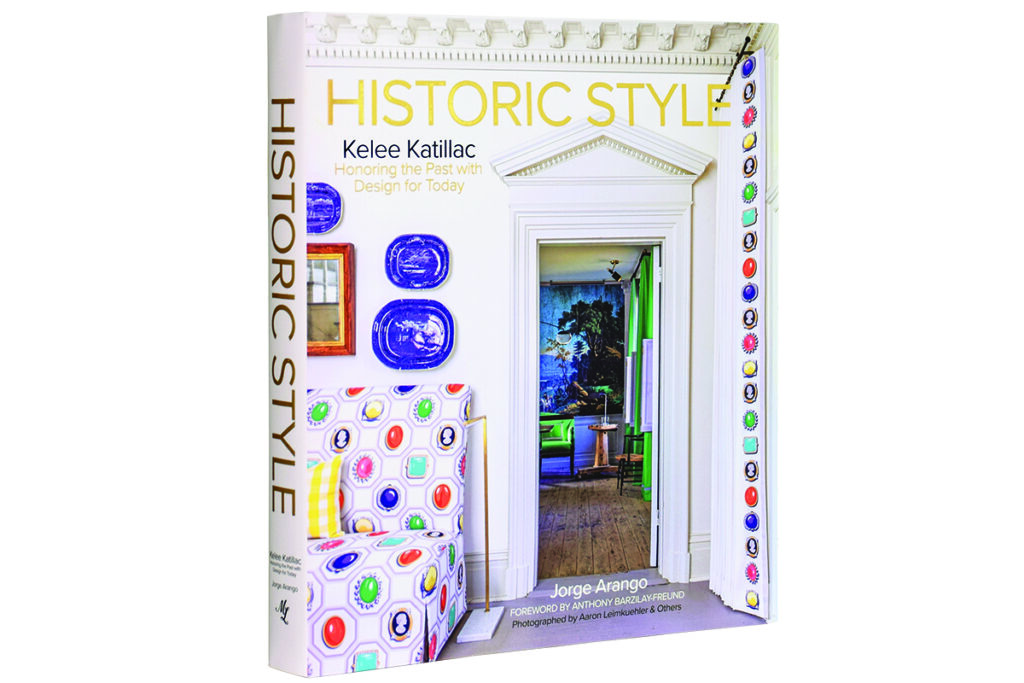
Katillac draws inspiration from grand historic homes and properties around the nation, using them as “case studies’’ for her renovation work. She often refers to places like George Washington’s Mount Vernon home or James Madison’s Montpelier estate, both in Virginia, but she has also drawn inspiration from not-quite-as-famous places right here in KC, such as Hotel Kansas City and La Villa, a home built in the Country Club Plaza neighborhood. She uses these buildings’ architectural and design elements along with their histories to formulate ideas for the historic renovations she’s working on. She also applies these ideas to her creative collaboration with historical wallpaper purveyor Adelphi Paper Hangings.
The book is a collaboration between Katillac and writer Jorge Arango. Through an extensive array of historic photos, current project shots and graphic elements that include Katillac’s reimagined historic wallpaper designs, an inspired book emerges, opening up a creative world for the reader and design enthusiast. The book’s pages are punctuated with Katillic’s playlists and excerpts from her design diaries.
Posh Gothic

Before it became Hotel Kansas City, it was the Kansas City Club. Built between 1918 and 1922, the 14-story Gothic revival building housed a men’s social and networking club. The hotel’s grand, dark-paneled Gothic lobby and a meeting room’s stained-glass windows served as inspiration for Katillac’s reimagined Adelphi “Westwood Gothic” wallpaper. The original pattern is from an original 1840s American wallpaper piece that has been recolored in orange-red, blue and citrine colors found in the stained-glass windows. Recoloring is a way to “make wallpapers our own by seeing them through a more modern lens,” Katillac says.
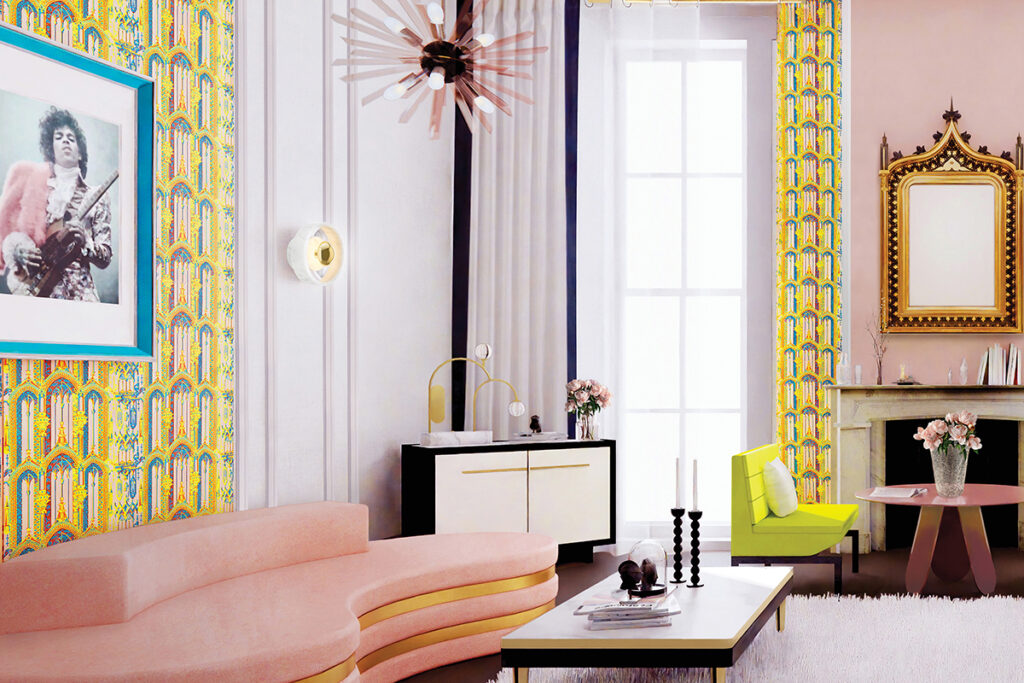
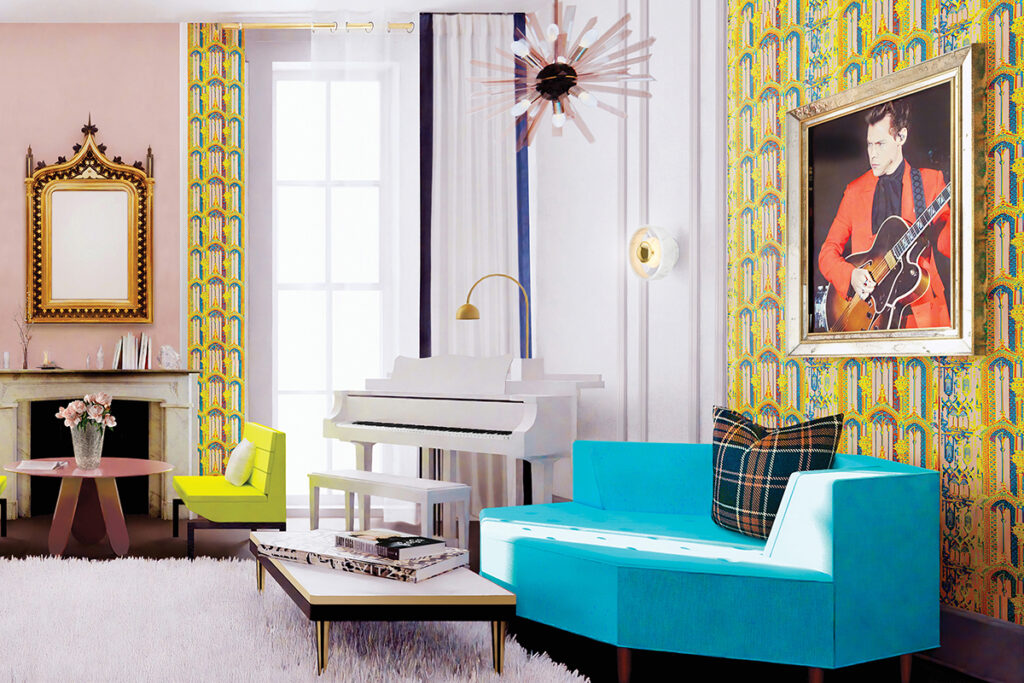
Katillac illustrates a “concept room” in her book, which she created using the retooled and modernized wallpaper along with other design elements from the hotel, conjuring up visions of a VIP rockstar suite.
Viva La Villa!
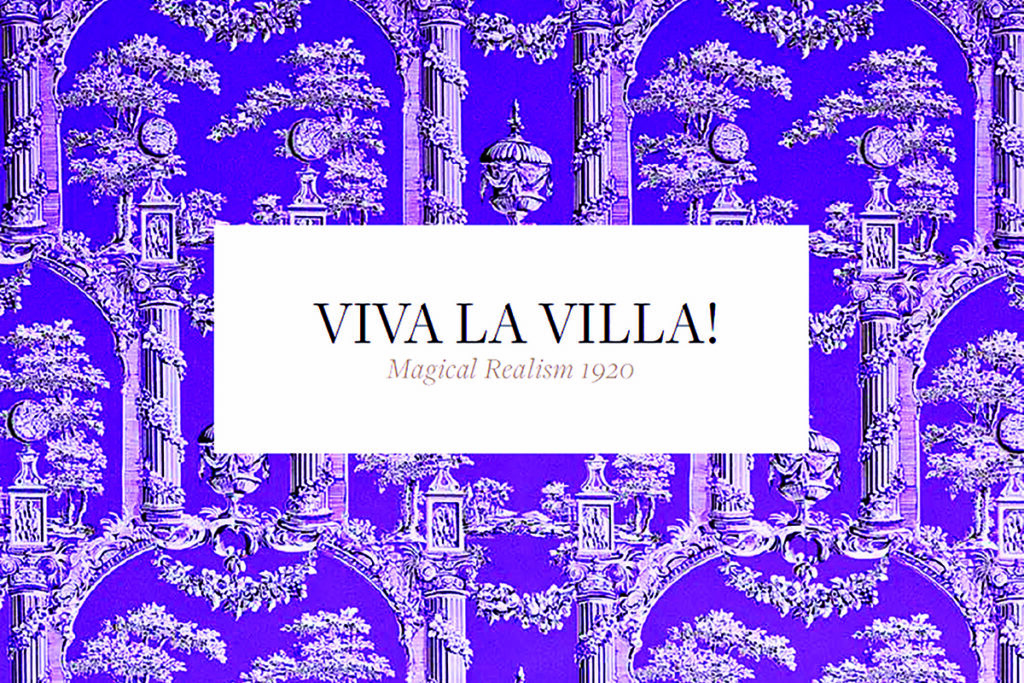
and Arch” wallpaper, which was originally designed in somber colors for
a parsonage. Katillac updated it by bathing it in a neon-like purple
La Villa, originally a home but now an event venue built in KC’s exclusive Country Club neighborhood, is a perfect example of how Kelee Katillac uses historical design elements in a way that acknowledges the not-so-pleasant past of many historic structures. For example, Country Club developer J.C. Nichols specifically excluded people of color from living in his neighborhoods. Katillac argues that through design, these spaces can be made enjoyable by all by honoring the many people who made these places a reality, “possibly healing wounds,” Katillac says.

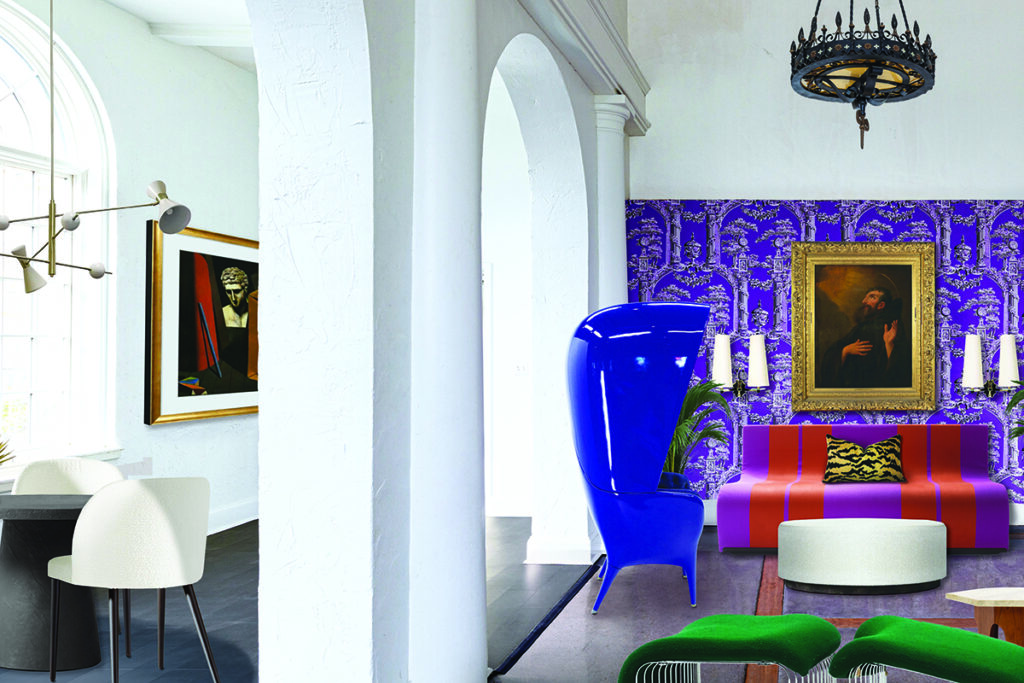
So much of the Country Club area’s buildings are rooted in the architecture of Seville, Spain, and La Villa is no different. The building looks to Seville with its Spanish colonial design aesthetic. When Katillac was tasked with reimagining Adelphi’s “Parson Smith Pillar and Arch” wallpaper circa 1760-1770, rather than viewing the pattern as a scene from an English country garden, she saw it as “Spanish Colonial ruins alive and yet crumbling.” To illustrate those thoughts, she took inspiration from La Villa’s design, turning the pattern into a purple neoclassical fantasy. It “became something completely different,” Katillac says. “I saw it as more decadent—hot, humid, like the magical realism of Latin literature,” hence the paper’s deep purple. By treating the paper differently, she hopes to pay homage to the labor and sacrifices made by Mexican workers who helped build these structures at the time and who often go unmentioned.
The Henry Blosser House
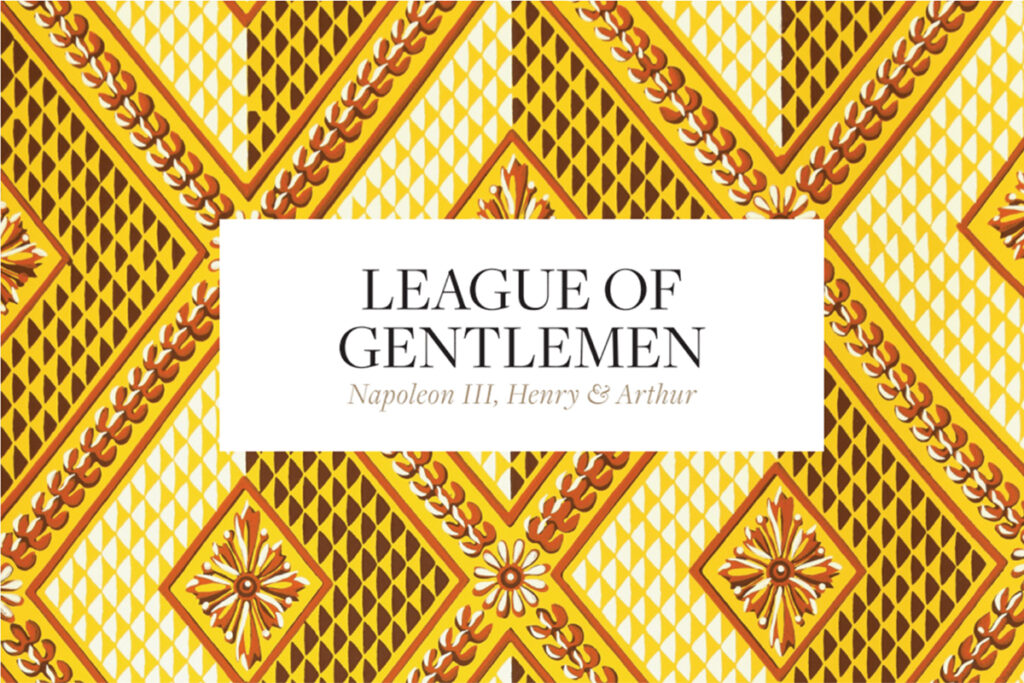
In 2014, then-Missouri Governor Jay Nixon declared the 150-year-old Henry Blosser House and estate in Malta Bend to be the most endangered historic places in the state and in need of a guardian angel. Enter Dr. Arthur Elman and his wife, Carolyn Elman. They bought the property, and with Katillac’s guidance, it has become a master study on how to breathe new life into an old, crumbling homestead with an important history.
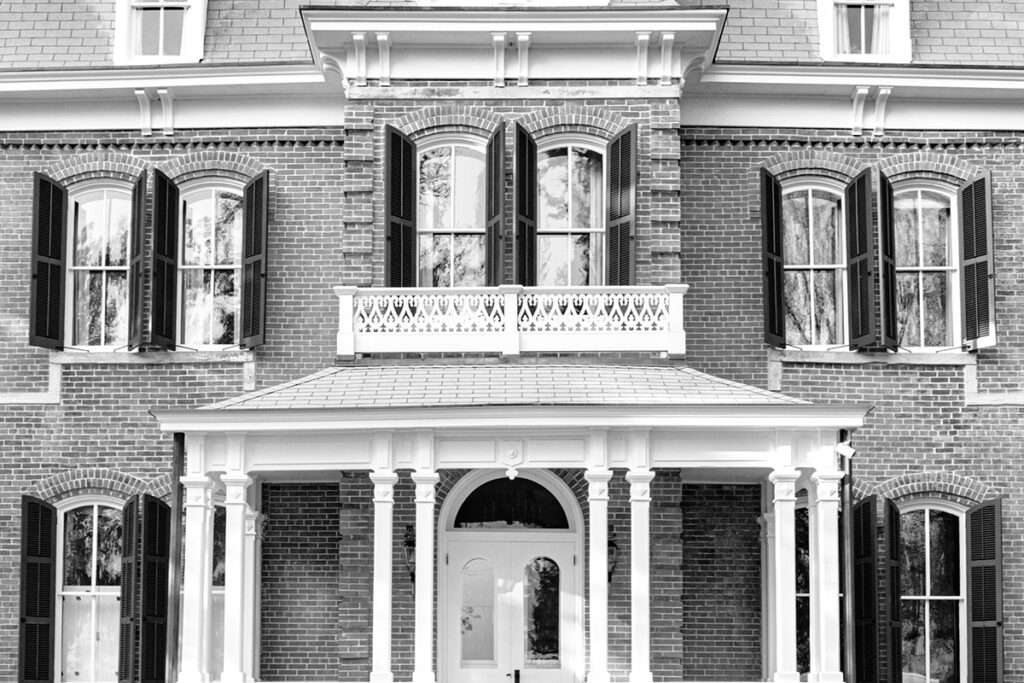
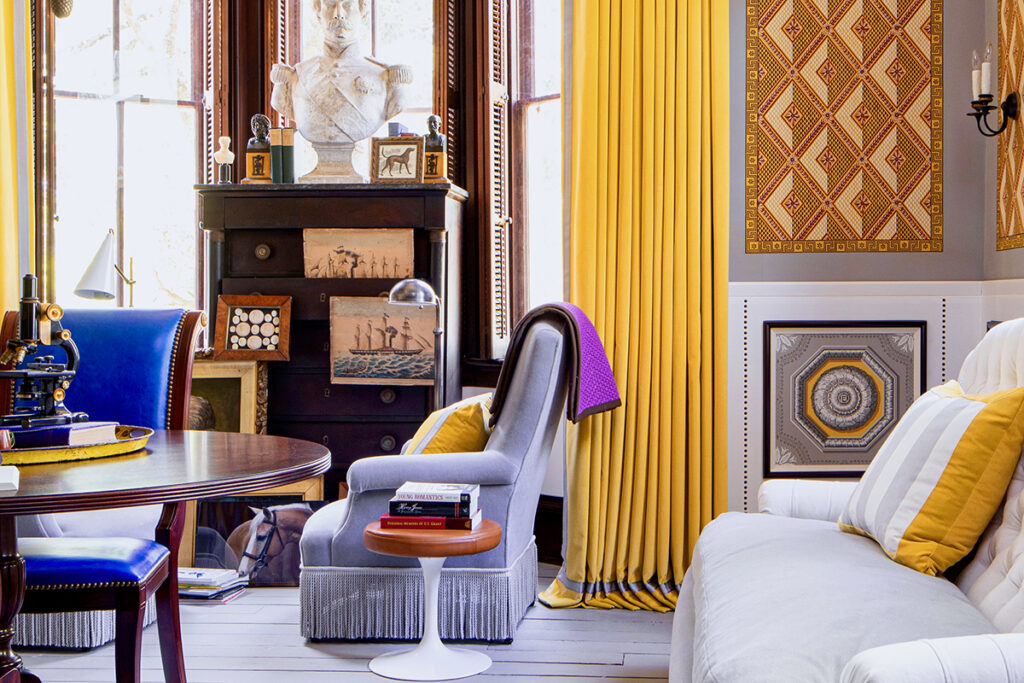
“Almost every architectural element—fireplaces, moldings, doors, newel posts—had been stolen, stripped and discarded or vandalized,” Katillac says of the Second Empire-style home.
Saving the Blosser home, which was added to the National Register of Historic Places in the 1970s, was a yearslong process.
Kelee Katillac worked with the National Park Service to redesign and create a plan that met the historic preservation standards but also had a modern sensibility. She re-colored 12 different hand-blocked Adelphi wallpapers from the past 300 years specifically for the Blosser estate.





